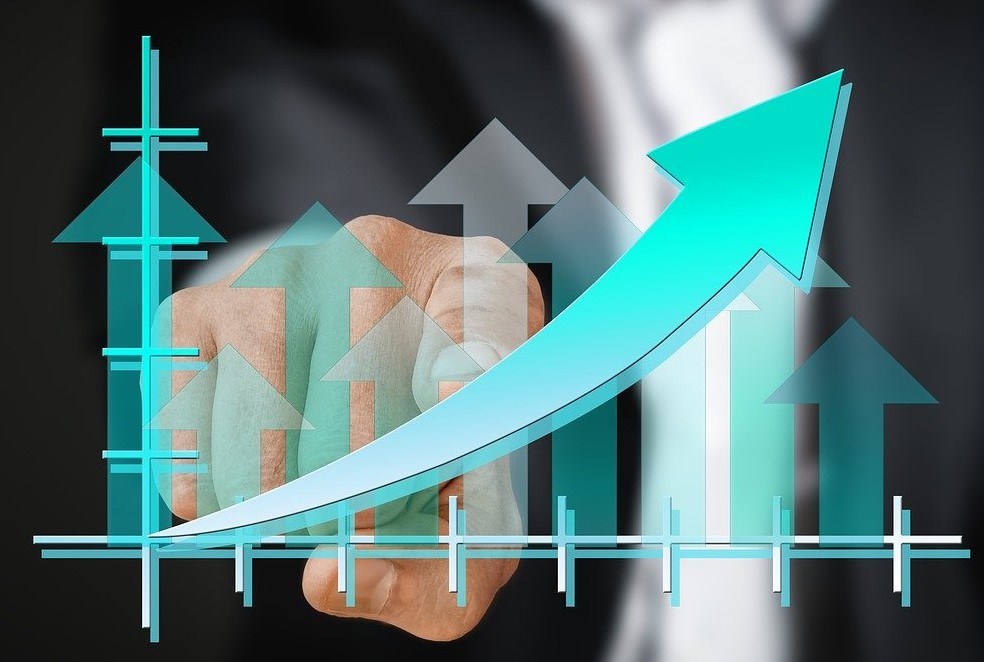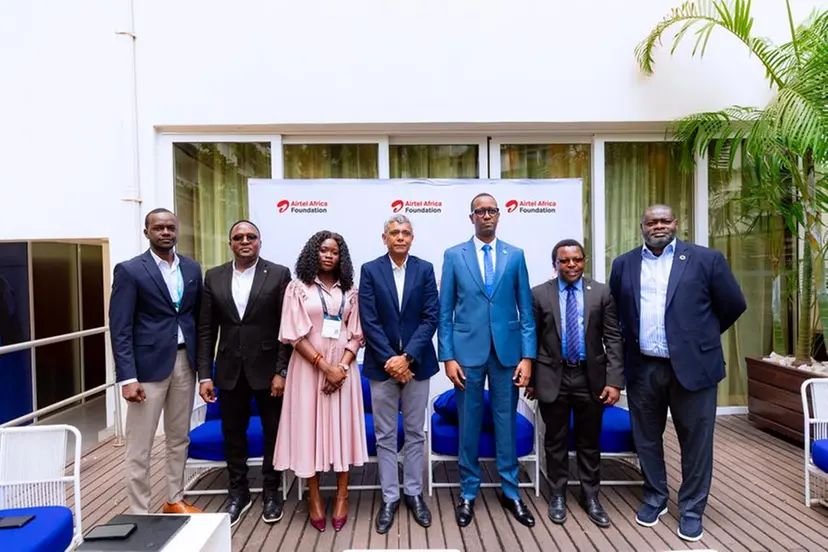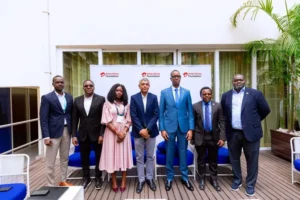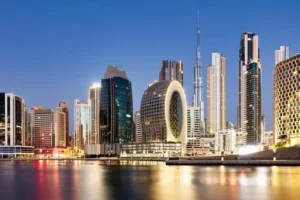These days, more and more people clamour for efficient and data-driven urban areas. Environmental, social, and financial consciousness has been equated to cosmopolitan living, and this has ushered in the advent of smart cities. More than just using technology to make urban living more comfortable, smart cities also aim to improve the overall performance of a city by leveraging data and technology. One-way smart cities make this possible is by creating safer, cleaner, and better roads.
Mobility is highly important in a city’s development — more so in ambitious projects like smart cities. Intelligent road solutions are needed to optimize movement in the city for a more holistic way of living and operating. In this post, we’ll take a look at the technologies that are elevating how roads function in smart cities.
Connected Vehicles
A connected vehicle is any vehicle that’s connected to the internet. This, then, allows the vehicle to receive and send information from various sources — including other vehicles. This technology makes it possible for developed countries like the UAE to have smart and autonomous vehicles on the road. Already there is a huge change happening within the country to improve the security of parked vehicles, with over 8,000 vehicles now using a smart impound system that tells drivers if their car has moved or not.
However, smart cities can use this technology to do much more when it comes to improving traffic on the roads. A Verizon Connect report on connected cars makes the distinction between V2V, V2I, and V2X communication. While V2V allows vehicles to send alerts to each other regarding patterns, congestion, and accidents, V2I connects vehicles with surrounding infrastructure. V2I collects data from cameras, RFID readers, and traffic lights to further enhance the smart driving experience. V2X is the combination of the two. As smart cities are focused on improving how data is obtained and used to improve the urban living experience, there will be a faster transmission of data between connected vehicles using V2V technology — helping mold safer and cleaner roads.
Empowering Cyclist Commuters
More than just helping commuters get to where they need to go, bicycle commuting has been rising in popularity in recent years since it’s a sustainable form of transportation and can help people stay physically fit. However, the lack of infrastructure has often discouraged cyclist commuters from using their bikes. This is why most smart cities have been investing in making roads safer and more accessible to cyclist commuters. In fact, the Khaleej Times reports that Dubai has extensively altered existing infrastructure to encourage the use of alternative transport options like bicycles. More than that, re-education has also been initiated to instill safety measures for both cyclists and road drivers.
To further help city planners and engineers better plan where to build additional cyclist infrastructure, they can use crowd-sourced data from different cycling apps. Strava and Ride Report are two apps that cyclists use extensively to document their rides. Smart cities can then use the information gathered from these apps to better incorporate bicycle-friendly infrastructure on their roads.
Smart Traffic Signals
Traditionally, traffic signals employ timers and inductive loop sensors to work out when to change light signals. While this has been shown to be effective in many cities, it is also prone to developing bottlenecks. This is due to the slow adjustment of this system to frequent changes in the traffic levels — which often leads to congestion. The 4th International Conference on Rebuilding Place conference paper notes that traffic congestion lowers the quality of life in a community — affecting all aspects of urban life including economic growth and community health.
To fix this issue, smart cities around the world are encouraged to use adaptive signals to better manage their traffic systems. Combining machine learning algorithms, data analysis, and transportation theories, adaptive signals can analyze traffic conditions in real-time and even provide speed and safety predictions to further prevent road jams and accidents. Smart traffic signals will use AI to optimize city streets which can then enhance the accuracy of traffic management and forecasting methods — leading to a safer and better urban living experience.
Article by Missy Waters for intlbm.com




















